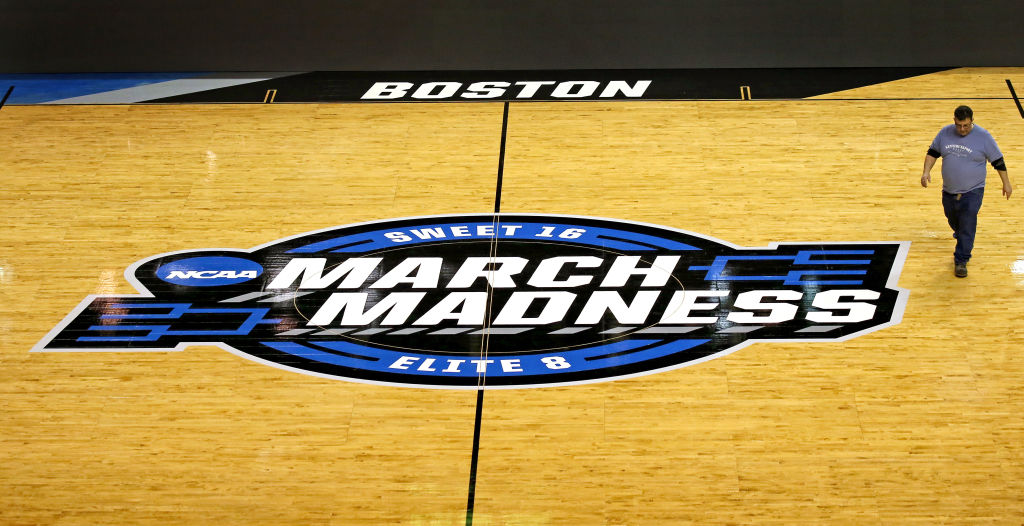NCAA
The NCAA Tournament Makes a Huge Amount of Money

When sports fans hear the words NCAA Tournament they think brackets, calling in sick for a couple of days, Sweet 16, and Final Four. The NCAA hears the sound of money filling up its coffers. How much money does the NCAA make in its annual basketball tournament? The numbers are astounding.
The history of the NCAA tournament
The NCAA Tournament was first played in 1939 in association with the National Association of Basketball Coaches. It was the idea of Ohio State coach Harold Olsen.
In those early days, the NCAA Tournament wasn’t even the most desired tournament to play in. That belonged to the National Invitational Tournament or NIT.
The popularity of the NCAA Tournament slowly began to grow in the late 1960s as portions of the tournament made it on to network television. In 1973, that popularity increased when NBC decided to move the NCAA championship game from a Saturday afternoon to a Monday evening. Prime time viewing.
Naturally, with the increased exposure, the money started to flow more readily with more television advertisers, and the increased number of fans in the stands.
How much money does NCAA make from tournament?
Last year in the 2019 championship game where Virginia outlasted Texas Tech 85-77, viewership spiked 23% over the previous year. That increase in television audience was a strong indicator of the tournament’s overall health. And it’s quite healthy to say the least.
The 2019 three-week long tournament generated an incredible $933 million in revenue for the NCAA from media rights fees, ticket sales, corporate sponsorships, and television ads. The almost billion dollars represents more than 75% of the NCAA’s annual revenue.
Of the NCAA Tournament money generated, a huge chunk of it comes directly from the television broadcast rights. In 2010, the NCAA signed a 14-year, $10.8 billion contracts with CBS Sports and Turner Broadcasting. In 2016, the parties agreed to extend the deal for an additional $8.8 billion that will keep the tournament on the networks through 2032.
According to the NCAA, around 96% of the money collected is distributed out to the Division I membership.
How is the the NCAA Tournament money divided?

With 68 teams in the tournament, each of the participating team’s conferences receives a portion of the money from two different funds.
Through the Equal Conference Fund, the NCAA awards one unit to each of the 32 Division I conferences that have an automatic bid. In 2019, the total amount to be divided was $53,550,181.
There’s also the Basketball (Performance) Fund. This fund is a multimillion-dollar pool where the NCAA distributes money to conferences based on the number of tournament games played each year. One unit is awarded for every win until teams reach the Final Four. In 2020, each unit will be worth $282,100. The total amount of the fund in 2019 was $168,500,833.
Payments are made each April to the conferences. While not required, the NCAA recommends its conferences share the money equally among its members. Ultimately, it is up to each individual conference to decide how to split the earnings. In some leagues, the school that earned the unit will get a bonus.
Top 5 conference payouts from 1997-2018
- Big Ten: $340.4 million
- Atlantic Coast: $316.3 million
- Big 12: $307.3 million
- Southeastern: $266.4 million
- Pac-12: $247.7 million
The NCAA Tournament is a big business. The amount of money paid out to conferences reflects that. And it’s only going to grow in the future.











